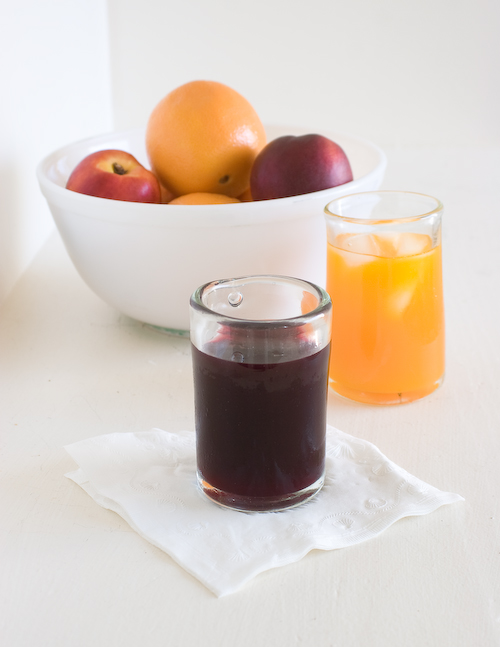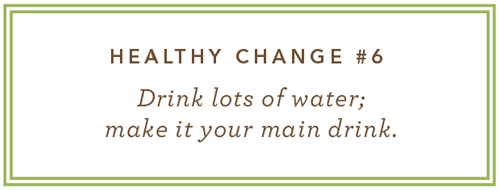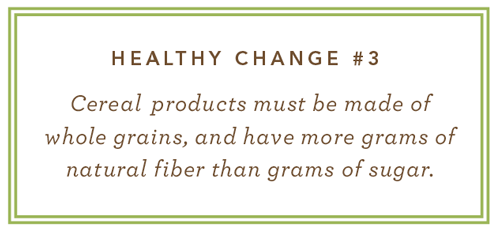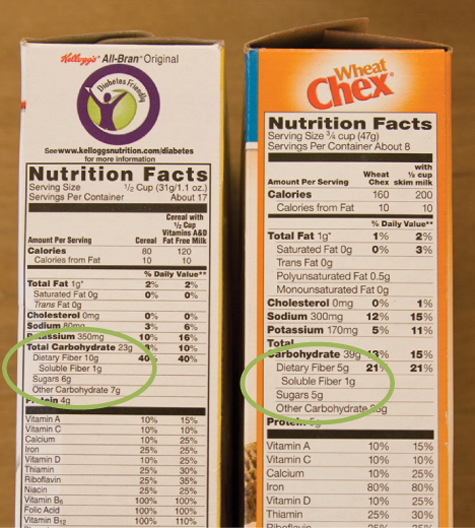
The quick answer: Aside from a healthy diet and exercise, the next best thing you can do is to get enough sunshine to maintain a healthy serum vitamin D level. It’s good for your mood and can help prevent a long list of diseases.
_____________________________________________________________________________________________
About Vitamin D
It’s essential to eat vitamin-rich food because the body can’t produce them, with one exception: With a little sunshine, the body can make it’s own vitamin D. Unfortunately, the weathermen and dermatologists have scared us out of getting enough sunshine. Ever had your vitamin D level tested?
Sufficient D is essential to good health; vitamin D receptors are found in cells all through your body. The growing list of conditions where vitamin D deficiency is a risk factor includes seasonal affective disorder (SAD), osteoporosis, muscle and joint pain including back pain, certain cancers (breast, ovarian, colorectal, and prostate), obesity and diabetes, stroke or heart attack, G.I. diseases like inflammatory bowel disease (IBD) or Crohn’s disease, and immunological diseases such as MS and Parkinson’s disease. It’s a long list.
Vitamin D deficiency increases as you move away from the equator. In the Sunbelt you can get adequate D year around, though it takes longer in winter. But if you live above the 40th latitude parallel, roughly a line through Portland, OR, Salt Lake City, and New York City, you can ski all winter in your bathing suit and not get enough D.
There’s an annual cycle to your vitamin D level. For most, our D level peaks in the last sunny days of summer, then hits rock bottom as winter turns to spring. This is the point when you feel the blues, lack energy, or suffer muscle aches. Because spring just started, your D is likely at its annual low-point (unless you’ve just back sunbathing on a beach in Costa Rica).
IOM Report
Americans love to take pills. Maybe it’s because we’re in a rush and taking a pill is a quick fix, but we eat a lot of pills, including vitamin pills. We get into vitamin fads—remember the vitamin C and E eras? Usually these end badly; the hoped-for benefit proves elusive, or side effects present. Because of the growing interest in vitamin D, the Institute of Medicine, perhaps the world’s most prestigious scientific body, was asked to study the vitamin D issue lest we run off on another pill fad.
The IOM report, issued in late 2010, disappointed many because of its cautiousness. Basically, if you set the minimum level for serum vitamin D at 20 nanograms/mL, most people are OK. But if you set the level at 30, as some labs do, then up to 80% are deficient. Some doctors argue that 40-50 is a good range but the IOM couldn’t find sufficient evidence to support a target higher than 20-30. (The IOM report also looked at calcium supplements and found little support, with the exception of girls in their teens.)
The N. Y. Times ran an article on the IOM report, repeating the message that vitamin D and calcium pills may not be indicated for most. The article unleashed a torrent of reader comments, many from thoughtful people in the Northeast, the region with the least sunshine for vitamin D. Readers expressed real anger that there wasn’t better guidance on the optimum vitamin D level, or on the best methods to maintain vitamin D in the winter. This is a common problem in nutrition—after the billions spent on research, we have these basic questions without a clear answer.
The Vitamin D Solution
The best book I’ve seen on vitamin D is The Vitamin D Solution, written by Dr. Michael Holick, PhD, MD. Holick suggests a 3-step solution of 1) testing, to know where you are, 2) sensible sunshine, and 3) safe supplementation when sunshine isn’t available.
The book makes two remarkable statements about vitamin D and cancer:
First, on the benefit of getting sensible sunshine: “vitamin D could be the single most effective medicine in preventing cancer, perhaps even outpacing the benefits of . . . a healthy diet”. We hear all the time that we should avoid avoid sunshine to prevent skin cancer, which brings us to the second point.
Second, the book quotes Dr. Edward Giovannucci on the benefits of sunshine for vitamin D versus the risk of skin cancer: sufficient “vitamin D might help prevent 30 deaths for each one caused by skin cancer”. I like those odds: 30 better outcomes at the risk of one bad outcome.
I recently saw my dermatologist. She’s a charming woman who cares about her patients. We talked about the trade-off between getting enough vitamin D the natural way—by sunshine—versus the risk of skin cancer. The good doctor pointed out that in southern California, you could get sufficient vitamin D with 15 minutes of sunshine on most days. Of course you have to show a little skin, so I do my workouts outdoors around noontime, wearing shorts and shirts without sleeves (except when it’s cold). When no one’s around I take off my shirt, but I try to avoid the “pinkness” that’s the first stage of a sunburn.
I’ve got a physical check-up scheduled that includes a test for vitamin D. I’ll let you know how it comes out. I’ll be happy if I have a serum level of 30 ng/mL, the upper range recommended by the IOM. A number of people have told me their vitamin D levels—I’m forward about asking—and I’ve yet to meet anyone with a value of at least 30. Per the IOM, this is a big problem, which brings us to this week's Healthy Change:

Please note the term "a little" sunshine, sun that burns or turns the skin pink may be harmful and should be avoided. (If you live in the northern latitudes, don’t tolerate the sun, or are concerned about your vitamin D, consult your doctor.)
Please comment: Want to share your experience with vitamin D, or how you tested? Do you live in the northern latitudes? If so, what do you do in winter to maintain vitamin D.
Need a reminder? Download our Healthy Change reminder card. Print and fold, then place in your kitchen or on your bathroom mirror to help you remember the Healthy Change of the week.

 Friday, February 18, 2011 at 8:56AM | by
Friday, February 18, 2011 at 8:56AM | by  Skip Hellewell |
Skip Hellewell |  22 Comments |
22 Comments |  10 References | | in
10 References | | in  recipe,
recipe,  vegetables |
vegetables |  Email Article
Email Article 














